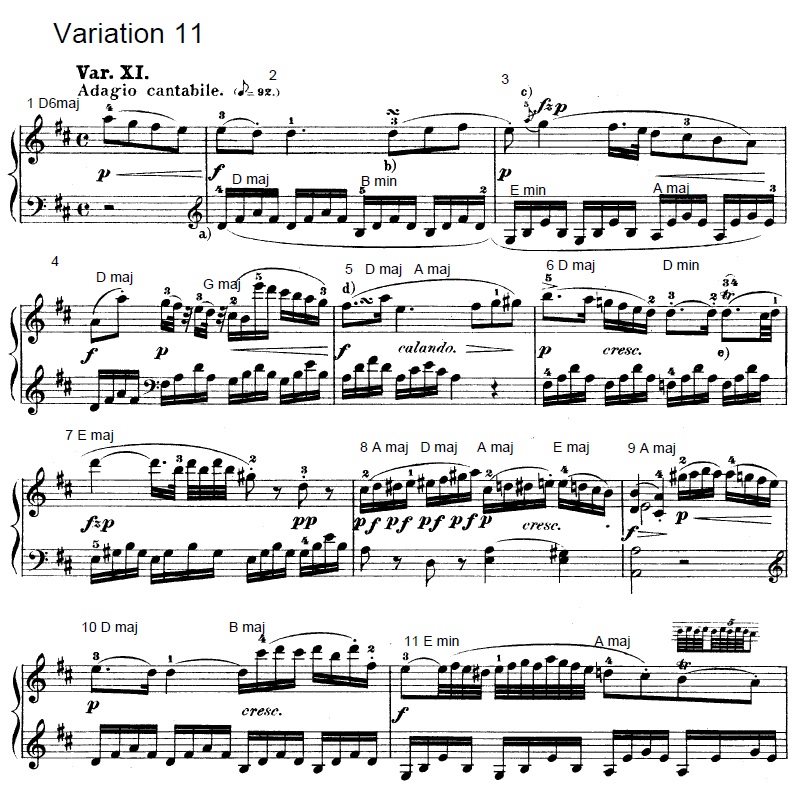Here’s the seventh variation.
or download here:
var 7
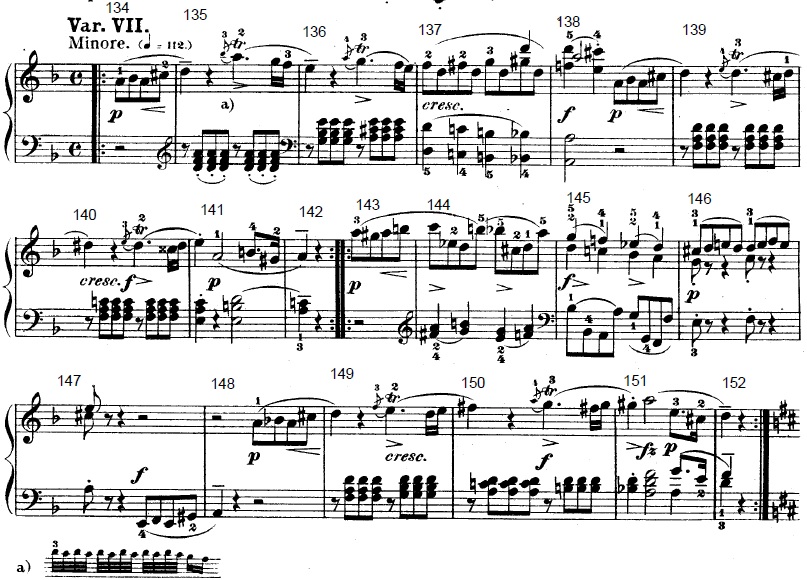
Author: Prent Rodgers
Mozart K284 Theme and Variations movement – variation #6
Here’s the sixth variation.
or download here:
var 6
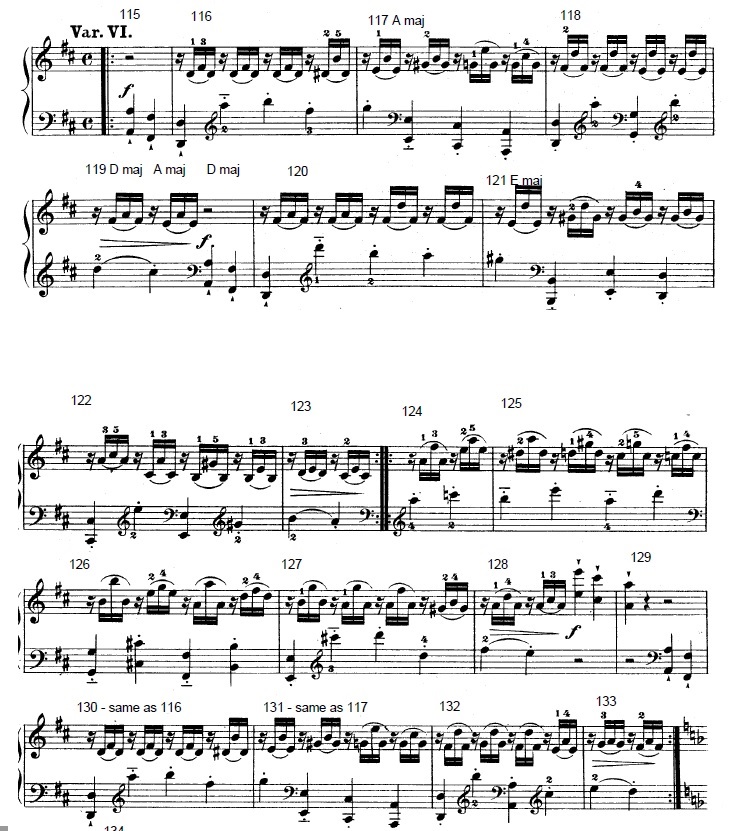
Mozart K284 Theme and Variations movement – variation #5
Here’s the fifth variation.
or download here:
var 5
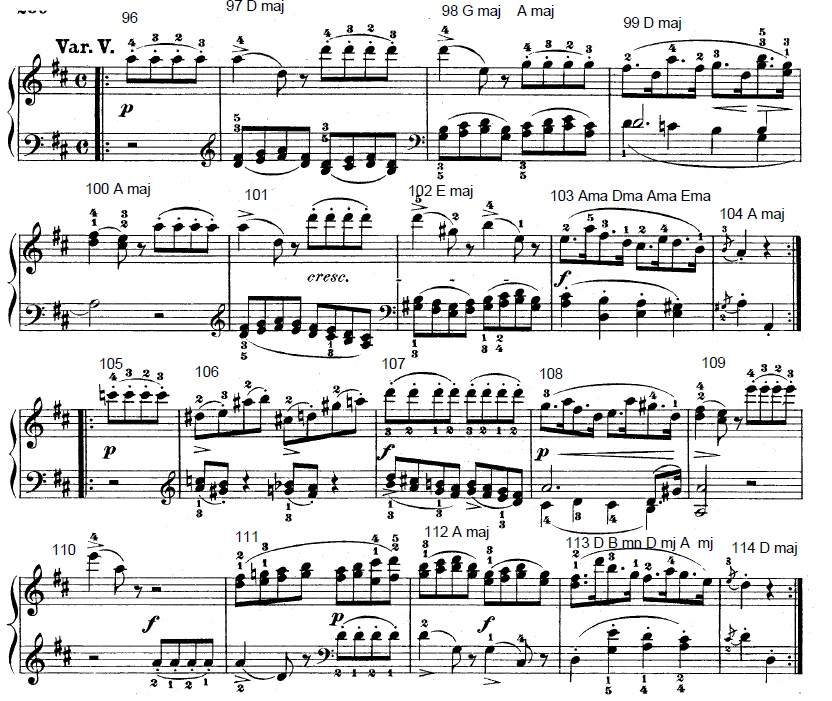
Mozart K284 Theme and Variations movement – variation #4
Here’s the fourth variation.
or download here:
var 4
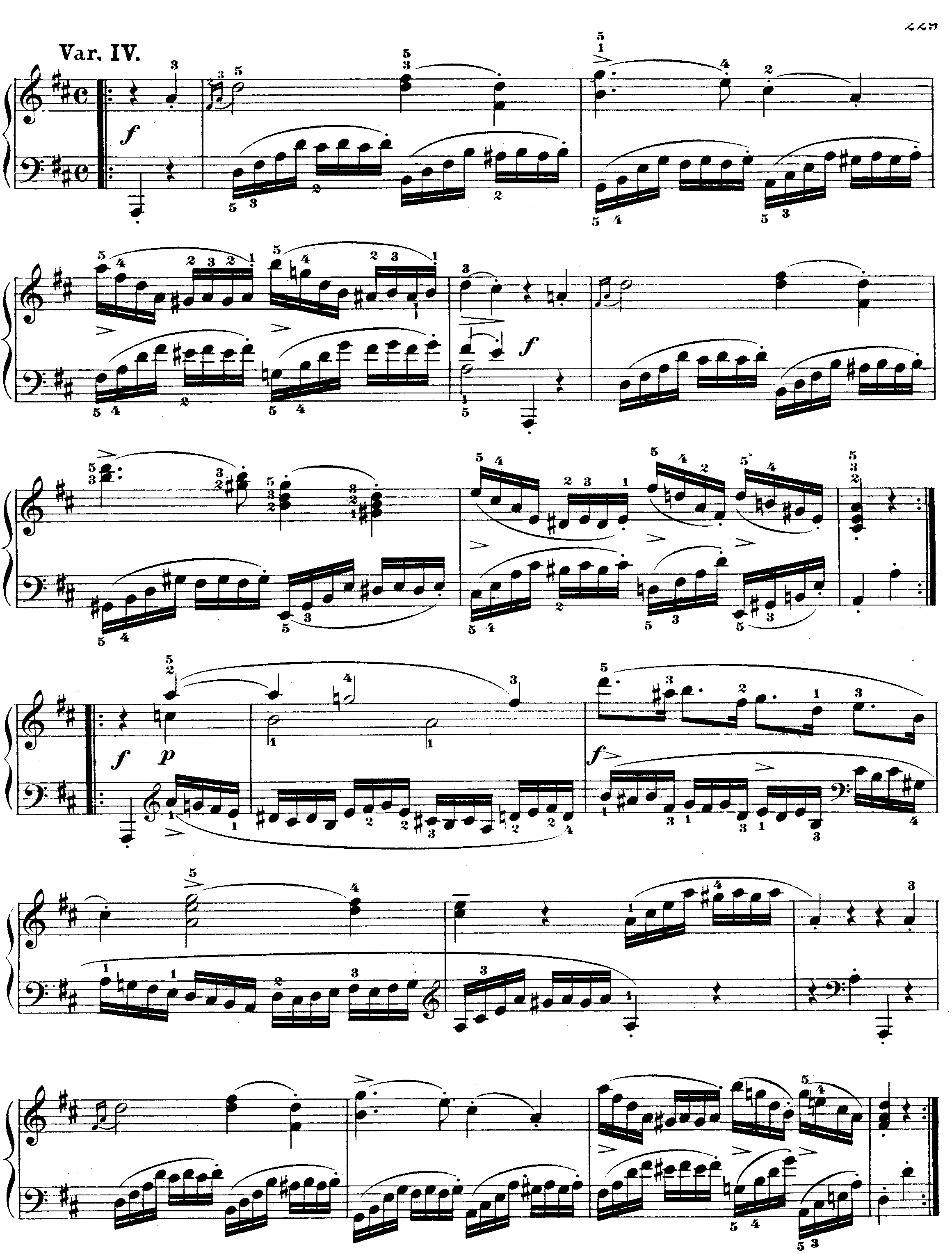
Mozart K284 Theme and Variations movement – variation #3
I’m going backwards through this Sonata.
Here’s the third variation.
or download here:
var 3
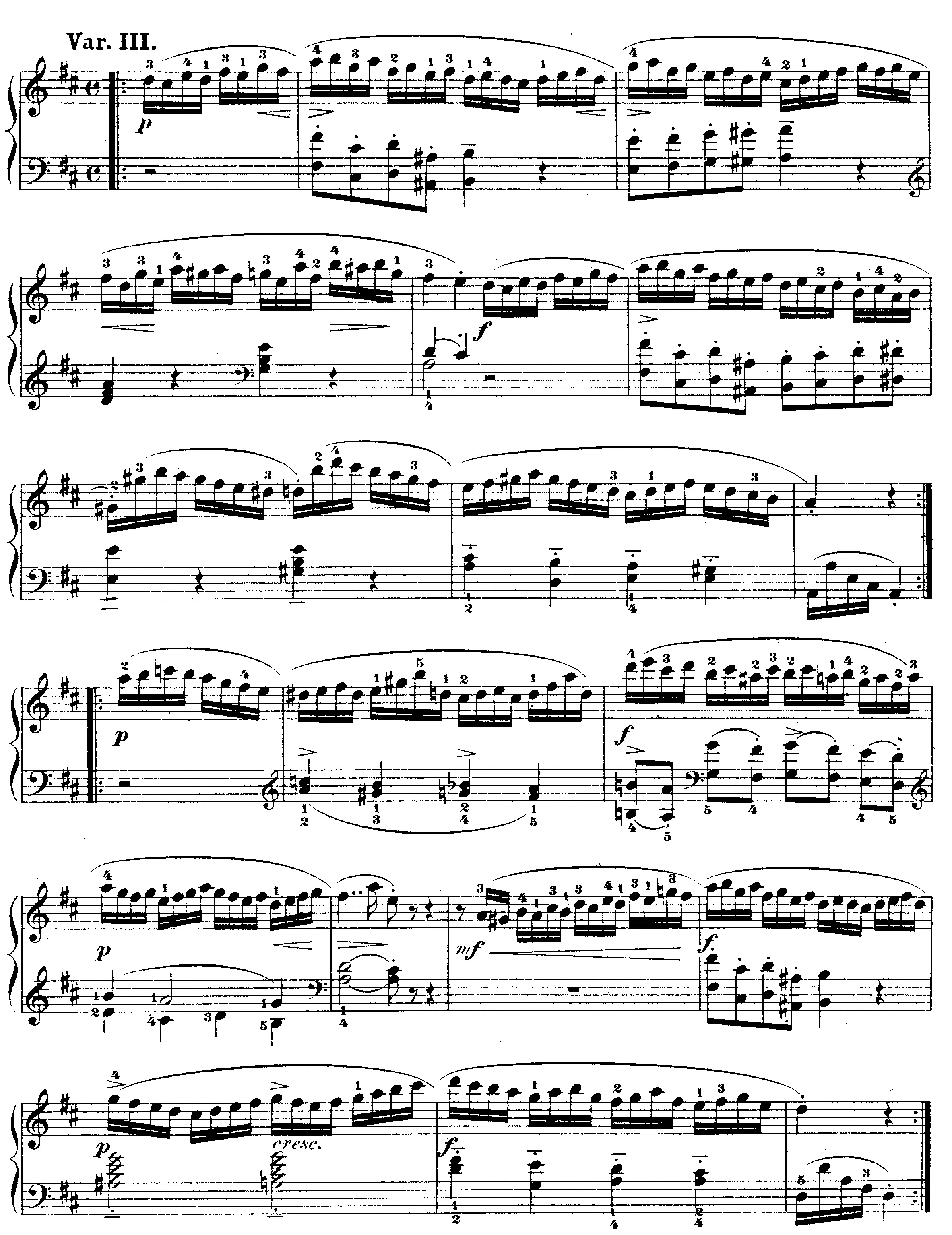
Mozart K284 Sonata for Piano – Theme & Variations – #2
I’m going backwards through this Sonata. Having completed the variation #11, I’m now working on the Theme and variations 1-12.
Here’s the Theme and the first two variations.
or download here:
Theme #1

Theme from Sonata #6 by Mozart
I’m going backwards through this Sonata. Having completed the variation #11, I’m now working on the Theme and variations 1-12.
Here’s the Theme.
or download here:
Theme #1

Tango #24
I had a bug in the original code for Tango, which I fixed today. It was occasionally choosing a sample file out of range, and as a result leaving out the notes. Hundreds of them I think. The fix was simple, and here is a new version. The keys are either otonalities (maj) or utonalities (min), chosen by picking one from the list of 33 keys, and moving up and down the list using the Markov Chain Drunkard’s Walk.
- An-maj
- Bn-maj
- An-maj
- G+-maj
- F+-maj
- G+-maj
- An-maj
- Bn-maj
- C#-maj
- Bn-maj
- C#-maj
- Bn-maj
- C#-maj
- E–maj
- G–maj
- A#-maj
- D+-maj
- Fn-maj
- D+-maj
- Fn-maj
- Ab-maj
- Cn-maj
- E+-min
- Cn-maj
- E+-min
- E–min
- E+-min
- Cn-maj
- Ab-maj
- Fn-maj
- Ab-maj
or download here:
Tango #24

Dances Playlist
This is a playlist of some new versions of the twelve dance pieces for Prent’s Microtonal Slide Bosendorfers that I’ve been working on through 2017 & the start of 2018. In honor of the RPM challenge, I’ve redone all of them in the month of February. Actually, I redid them all today, February 27th, but the spirit is there, if the mechanics are vague. The language doesn’t say you can’t spend a year composing the songs that you intend to perform during the month of February, so that’s what I’ve done the last two times: compose all year, then produce realizations using my software during the month of February. All are based on classical piano works retuned or transformed on some major level from their original. Those at the end of the list were done first, and they have the most major transformations. Many stroll through their pieces using the Drunkard’s Walk Markov Chain, going forward or backward through the measures.
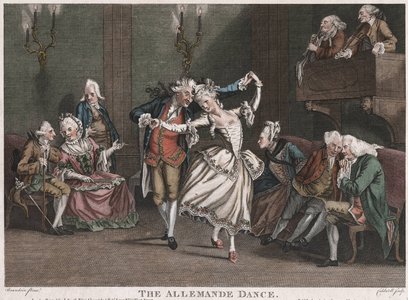
[html5mp3 id=8]
Variation #11 from Theme and Variations in Mozart Sonata #6 in D major k284
I picked this one because of all the trills and ornaments. Playing the piece on Prent’s Microtonal Slide Bosendorfer, I can take advantage of the subtle whammy bar on the instrument to replace some typical Mozart trills with slides and shakes. Never to leave a note with only a single ornament if you can give it a half dozen flourishes, as Wolfgang was known to do. Mozart published this when he was 19. I was playing high school rock band gigs featuring covers of “Smoke on the Water” when I was that age.
The tuning is based on two scales derived from the 31-limit tonality diamond. The primary scale is D major based on the utonality on 5:3 (A), in which there are very nice 9:8, 4:3, and 3:2, but the major third is 9:7, 435 cents above D. I call this a supermajor, and it has a sweet character. When the piece plays A major, D major, and E major, I switch to a scale based on the utonality of 5:4 (E), in which there are nice scales in those keys. I tried a total of 14 difference scales from the tonality diamond before settling for these two.
or download here:
Variation 11 – 1
